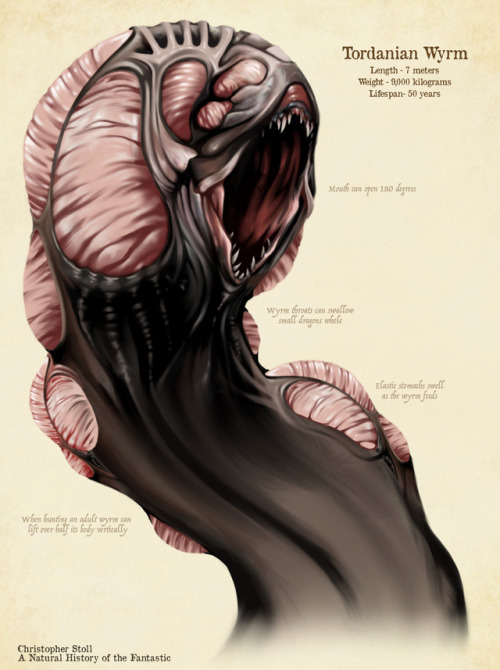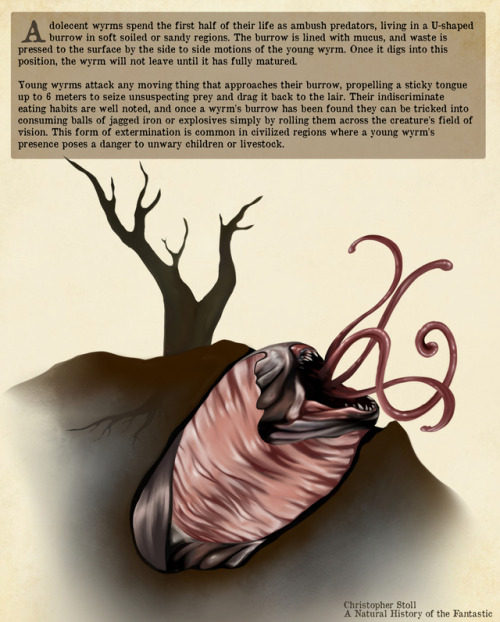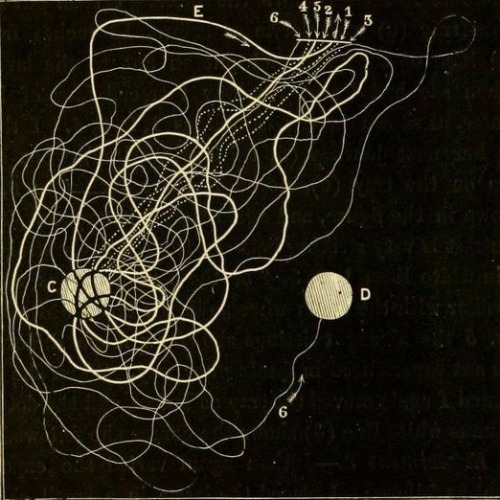#biology art

Cover art for my thesis:
Immune-system-on-a-chip: future perspectives on in vitro immune tissue culture
TMNT Anatomical Illustration
Real turtle shells have two primary parts- an upper portion called the “carapace” and a bottom portion called the “plastron.” The shell is comprised of many fused bones covered with a layer of keratin (the same fibrous structural protein that comprises your fingernails). The shell is fused to the ribs and vertebrae and collarbones of the turtle. Considering this, it’s difficult to imagine how a humanoid with a fused spine and collarbones could perform complex martial arts (like ninjutsu). I tried to consider these limitations during this illustration, extending the pectoral muscles partially towards the sternum where they anchor to the plastron. TMNTs probably don’t have abdominal muscles (as they don’t rely on them to protect/contain their viscera or maintain an erect posture). Instead, you can see the external obliques on the creature’s side, along with the serratus anterior muscles. I envisioned these as providing enough strength and stability (when combined with the shell) to function in place of abdominals. The shell is partially open on the TMNT’s side, exposing these muscles, and allowing a degree of flexibility.
This piece is the winner of my last Patreon poll, and if you want to choose which character gets deconstructed next you can support my art for just a dollar a month!
Follow meon Instagram @TopherStoll for more weird anatomical work and creature design stuff.
Post link
Ant trails observed by scientist.Ants, bees, and wasps : a record of observations on the habits of the social hymenoptera.1882.
Post link






